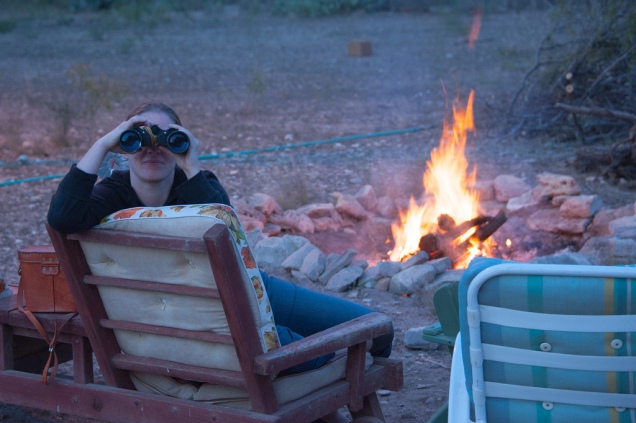
“La Ciudad Blanca” (“the White City”) is a legendary “lost” city, deep in the rain forests of the Mosquitia region of eastern Honduras. Charles Lindbergh reportedly spotted it from the air in one of his excursions and explorer Theodore Morde supposedly found the “City of the Monkey God,” which some have speculated to be Ciudad Blanca, in the same approximate region in 1939. However, Morde died without passing on the location of his supposed find, so his story was not verified. Nevertheless, interest in the legend of Ciudad Blanca has remained high among the public and the popular media. Numerous subsequent expeditions have gone in search of this lost city, all to no avail.
But according to Douglas Preston (yes, THAT Douglas Preston) in an article for National Geographic published in March, the legend of Ciudad Blanca has been vindicated and the “lost city” is lost no more.
“An expedition to Honduras has emerged from the jungle with dramatic news of the discovery of a mysterious culture’s lost city, never before explored. The team was led to the remote, uninhabited region by long-standing rumors that it was the site of a storied ’White City,’ also referred to in legend as the ‘City of the Monkey God.’”
